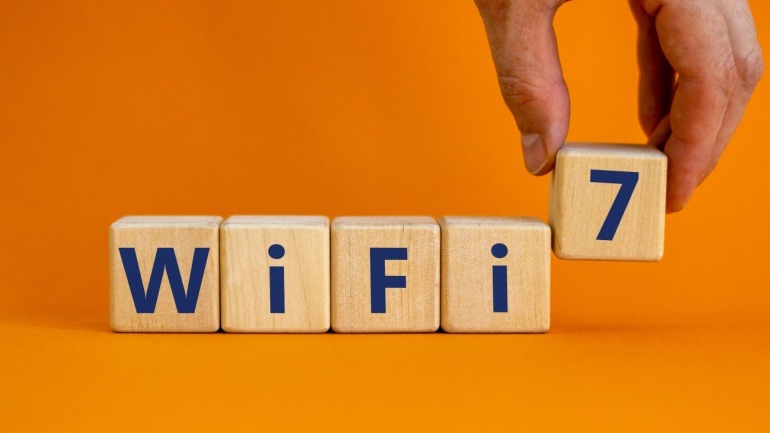SoftBank has unveiled groundbreaking results from its use of the 7GHz band for 6G applications in urban environments. Partnering with Nokia, they conducted a field trial with massive MIMO base stations in Tokyo’s bustling Ginza district. Since June 2025, these tests have showcased 7GHz’s capabilities to meet future 6G needs, proving its potential in dense urban settings.
The findings are promising for telecom operators eager to support the anticipated data surge driven by AI-driven services. The 7GHz frequency demonstrated remarkable performance in urban centers, successfully reaching main streets and back alleys with high connectivity quality. Such consistency across the region reflects high signal reliability, indicated by an impressive median SINR of 5.9 dB.
For many, a key takeaway is the band’s impressive capacity to support large-scale urban macro deployments. Its performance closely mirrored the 3.9GHz frequency, even surpassing expectations given its higher expected signal loss. This points to 7GHz as a promising solution to deliver stable, wide-area service in cities.
During the trials, SoftBank gauged connection quality through comparative analysis. The existing 3.9GHz sites were used as benchmarks, with results showing that the 7GHz band maintained strong performance in both open and obstructed areas. These findings suggest that even with expected signal attenuation in obstructed areas, 7GHz still upholds practical utility.
Akihiro Nakao, a prominent academic and co-chair of the XG Mobile Promotion Forum, commented on the trial results. “Building on the insights gained from this verification, we will continue to promote the formation of a global 7GHz band ecosystem and its social implementation through co-creation among industry, academia, government and international partners.”
This trial could redefine urban telecommunication landscapes, especially for networks aiming to balance high capacity with wide coverage. With advancements in signal propagation technology and reflections aiding 7GHz performance, SoftBank’s findings may influence future 6G infrastructure standards.
Adding to these technical strides, SoftBank has also shown financial prowess. During fiscal Q2 2024, the company reported a sharp net income rise to JPY2.5 trillion ($16.2 billion), largely attributed to investments in AI and chipmaking. Notably, this period followed the company’s strategic exit from Nvidia, further emphasizing its commitment to innovative tech ventures.
The 7GHz trial serves as a testament to the evolving landscape of urban connectivity, hinting at a well-connected wireless future. Such innovations not only hold promise for improved consumer experience but also lay the groundwork for robust 6G ecosystems globally.







